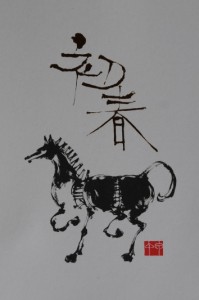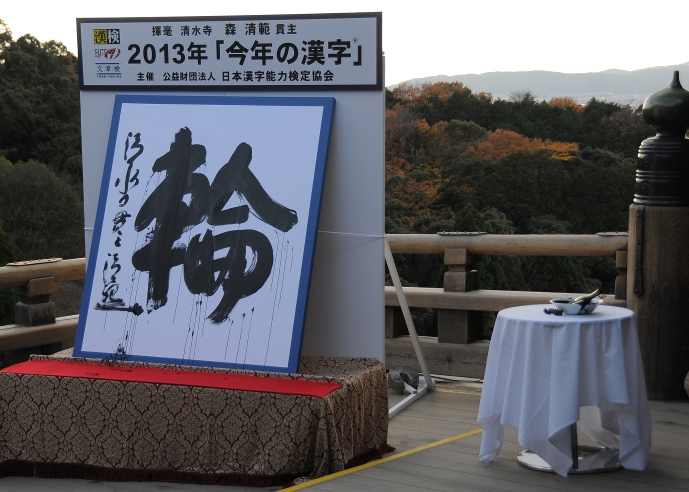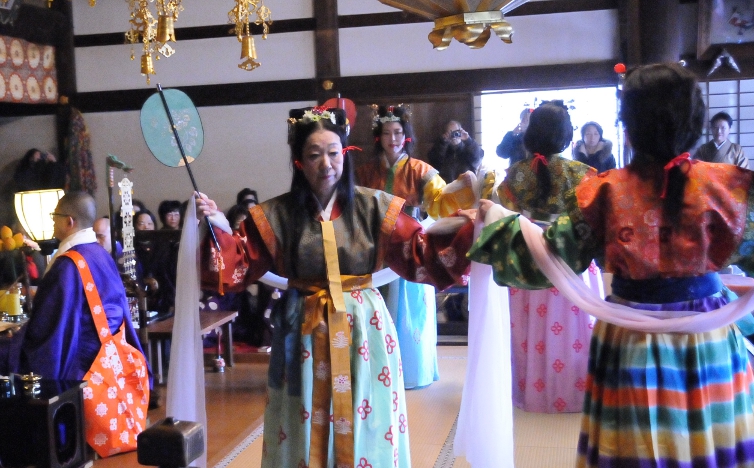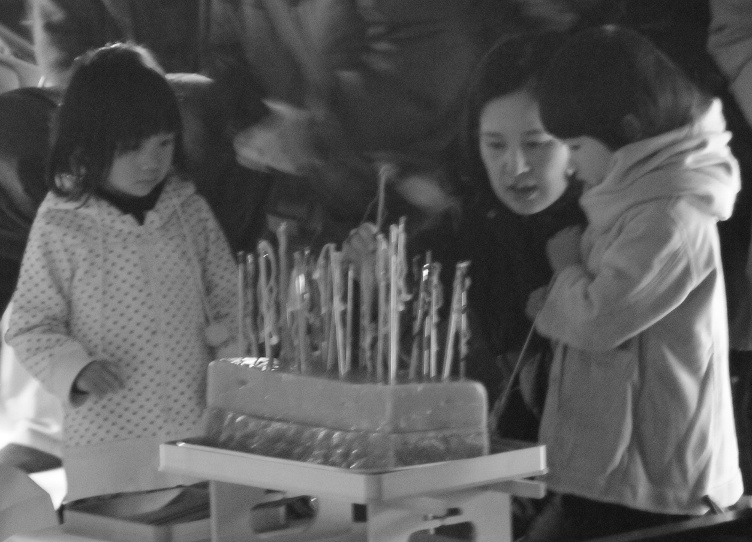I had a few very nice days to celebrate the New Year in a truly Japanese fashion, which essentially means I was very busy…
On New Year’s Eve, together with my housemates, I went to a Buddhist temple near Ebisu’s for the joyo-no-kane, the ringing of the bell, and right afterwards we went to a nearby shrine for hatsumode, the first visit to a shrine in a new year. I will write a bit more about this in my weekend post tomorrow.
Yesterday, some American friends of mine visited Kyoto, and we went to Fushimi Inari Taisha shrine – together with what seemed like a million other Japanese who went there for their hatsumode. Fushimi Inari, together with Heian Jingu and Yasaka Jinja are the most popular hatsumode destinations for Kyotoites and many other people from all over Japan come here on this occasion.
And finally, today, I was invited through my housemate to a party at her Japanese teacher’s place. We learnt how to prepare Okonomiyaki, a Japanese speciality especially popular in Hiroshima, and ate a ton of other wonderful Japanese food amidst the teacher’s family and other students. It was great fun, and an interesting glimpse into Japanese family life (and a beautiful old machiya too) but all the eating and drinking made me very tired…
All the small shops closed on January 1st (a few of them even before), as this is one of the holidays where everybody is expected to travel home. Hence, now is maybe not the right time for extensive travel plans, although, as I have found out when I was travelling during Obon two years ago, only transportation is crowded, it is relatively easy to get a hotel room (if you’re not too picky that is). I expect the city to go back to normal this weekend however, and it should become a bit more quiet in the next weeks now that the really cold part of winter will finally come to Kyoto…









